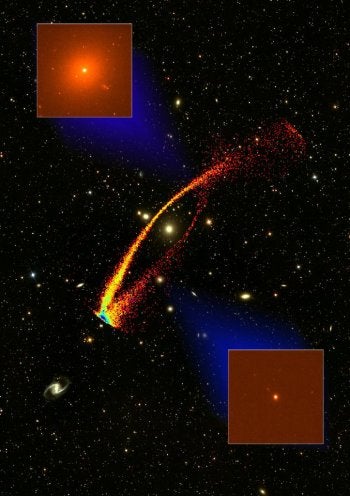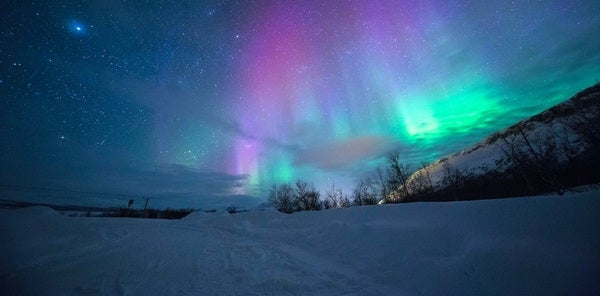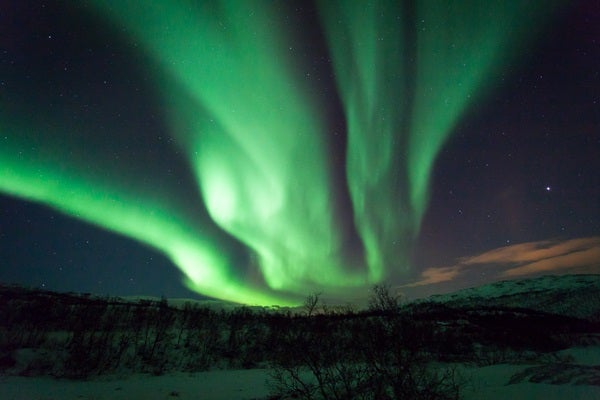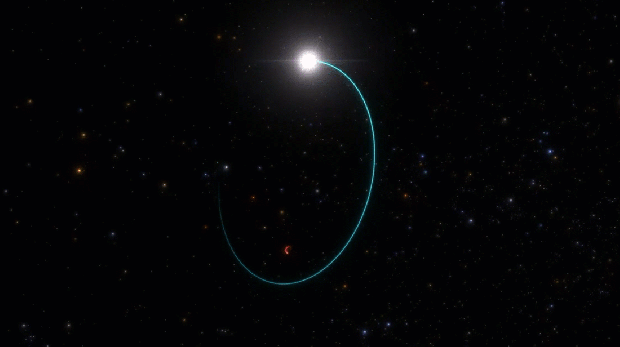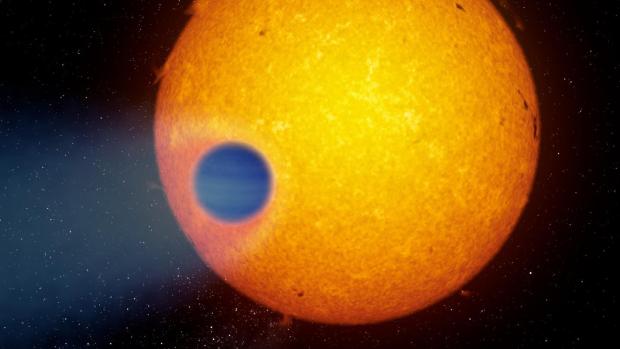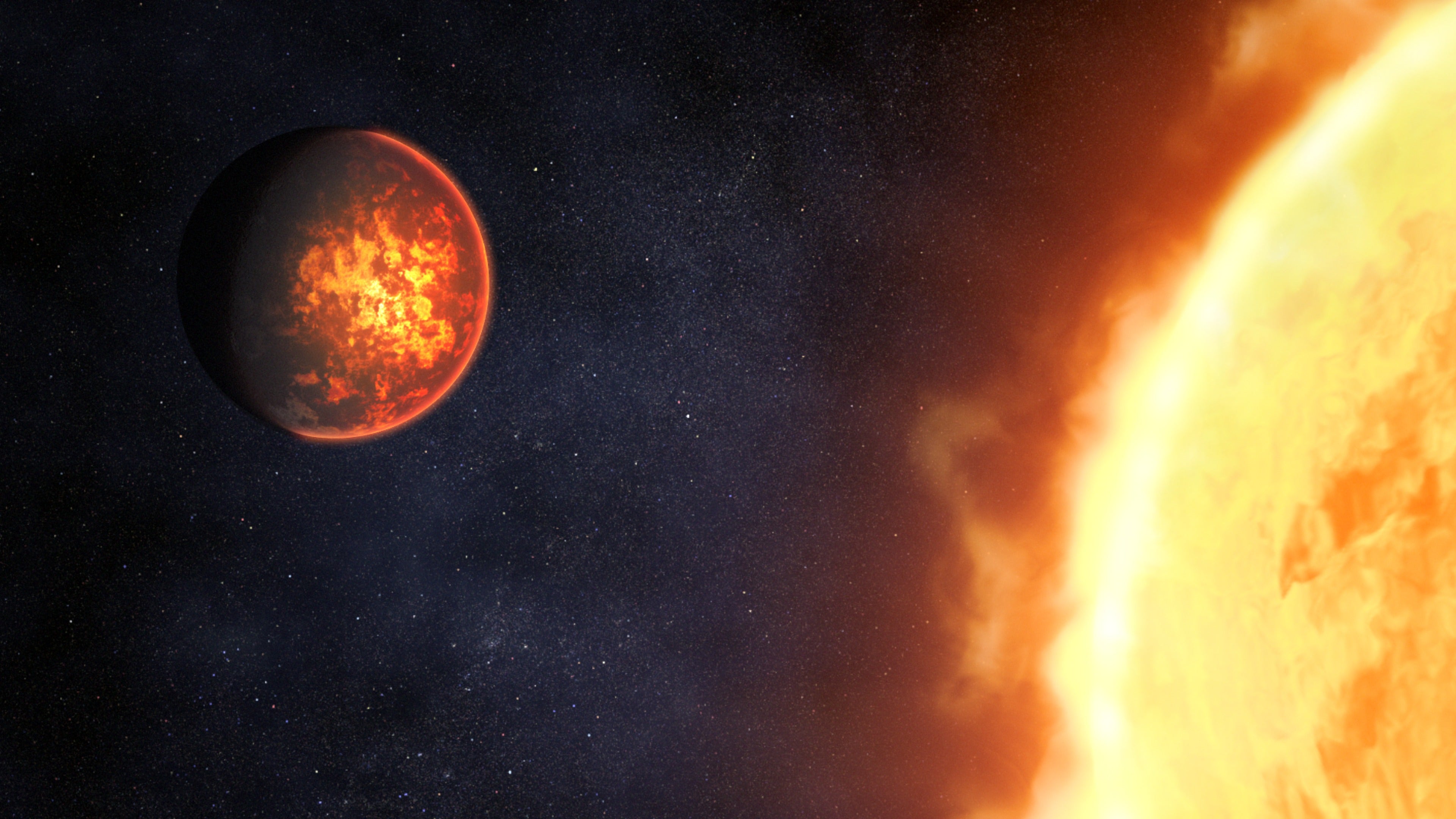An in-depth study of the nearby Fornax galaxy cluster revealed that some objects previously believed to be foreground stars belong to a new class of galaxy designated “ultra-compact dwarf galaxies” or UCDs. Members of this newly discovered type of galaxy compress their stars into a region so small each system is only two to twenty percent the size of a typical dwarf galaxy. UCDs are 500 times smaller than a normal-sized galaxy, such as the Milky Way with its 100 billion stars spanning about 100,000 light-years.
Astronomers had long thought that existing galaxy surveys were missing special galaxy types, such as very diffuse or very compact galaxies. “Fornax is one of the closest galaxy clusters, yet it is difficult to tell whether a galaxy that appears small is a tiny member of the cluster or is a giant galaxy that lies in the same direction but is much farther away,” says Michael Gregg, one of the project’s co-leaders from the University of California at Davis and the Lawrence Livermore National Laboratory. The team of astrophysicists published their findings of UCDs in the May 29 edition of Nature.
The scientists used the Anglo-Australian Telescope, Hubble Space Telescope, Very Large Telescope, and Keck Telescope to detect and measure these dense new galaxies. “Our Fornax Cluster Survey used new instruments to measure the distances to about 14,000 objects in the direction of the cluster, enabling us to separate cluster members from background galaxies and foreground stars,” says Michael Drinkwater, the team’s other co-leader from the University of Queensland in Australia.
The researchers used the Hubble Space Telescope to precisely measure the galaxies’ sizes. The Very Large Telescope and Keck Telescope were then used to determine the speeds of the stars orbiting within the galaxies. With the sizes and star speeds in hand, the astronomers were then able to determine the galaxies’ masses and confirm their classification as UCDs.
UCDs may help scientists understand how galaxies in densely populated regions are transformed and destroyed. The team hopes to make additional observations to determine whether UCDs are dense nuclei of once-larger galaxies that have been stripped to the core by close interactions with giant galaxies in the cluster.


